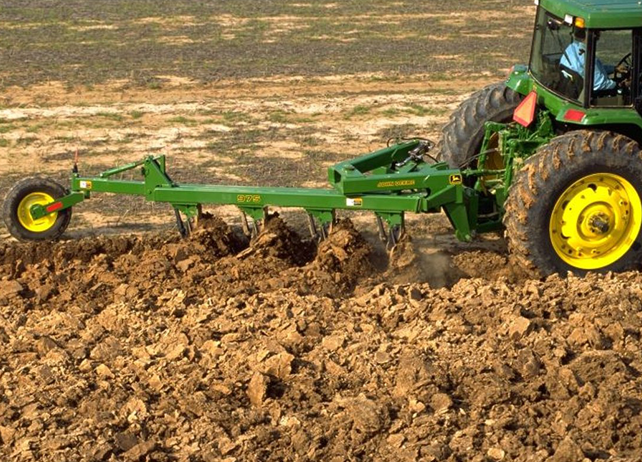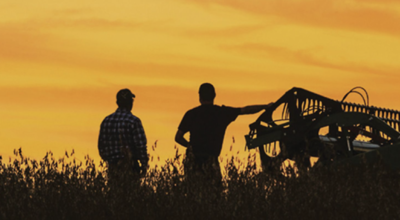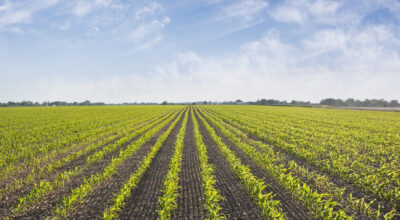It doesn’t take a green thumb to have a successful plant growing season, but it does take some know-how, an assortment of the proper tools, and a little luck. Depending on what area of the U.S. you live in, the climate and terrain will vary and require growing strategies designed to fit the specific conditions of your environment.
No matter your geographical location, there are several basic signs to look for when planning your spring planting. The following 5 tips will help point you in the right direction for this year’s plant growing season:
Seasonal Shifts: Every region of the United States will have an average last frost date. Planting before the winter frost is gone can harm your plants or even kill them, depending on how low the temperature drops. Check your region’s frost averages prior to springtime. The farmer’s almanac is a useful resource that you can reference to gain insights about weather and planting patterns.
Weather: The weather forecast can only go so far in determining when you should start planting; every region of the U.S. is at risk of sudden and unforeseen changes in weather. Farmers and gardeners should look at the forecast daily to check for times of heavy rain, warm temperatures, sun, and humidity levels. If your area is experiencing colder than normal weather by early spring, it may be necessary to hold off on your planting.
Soil Conditions: Before any seeds can go into the ground, you should scrutinize the state of your soil to determine what it needs to foster growth. If your soil is moist from rain or melted snow, for example, it’s a bad idea to start working on it. To know when your soil is ready to be worked, pick up a fistful of dirt and mold it into a ball in your hand; if it breaks with the push of a finger, it’s dry enough to begin planting.
Typical Timing: Every region of the U.S. will have average start dates that farmers take into consideration before beginning their planting seasons. Crops and plants have their own typical timing and grow better if they are planted during a season in which they are known to thrive.
Soil & Field Preparations: If your soil has been worked and your fields have been prepped, this will be a sign it’s time to officially start your plant growing season. Once you have taken your planting equipment out of the shed, prepared evenly spaced rows, and dug seed beds with the right depth, you’re well on your way to starting the life of your seeds.
This spring, as April showers bring May flowers, keep these 5 signs in mind for your plant growing season. If you have further insight on what to look for when starting your spring planting, we would love to hear your input.
If you enjoyed this post read more like it on our Facebook page.
Photos courtesy of Deere.com





